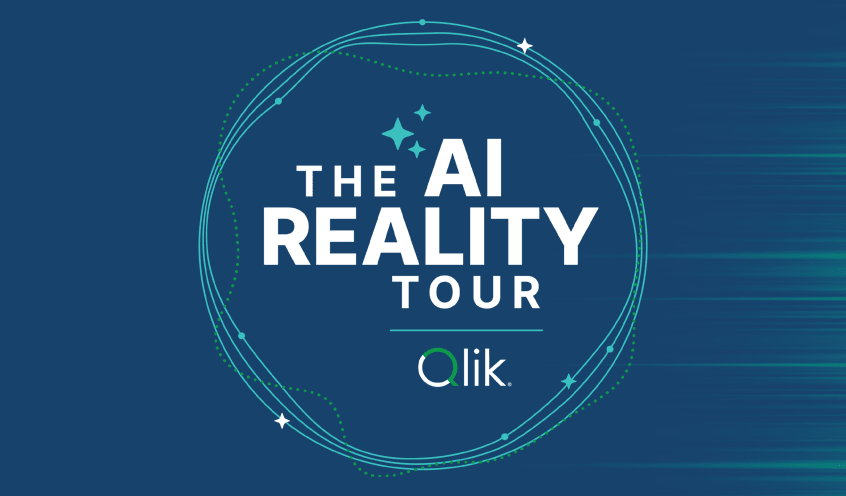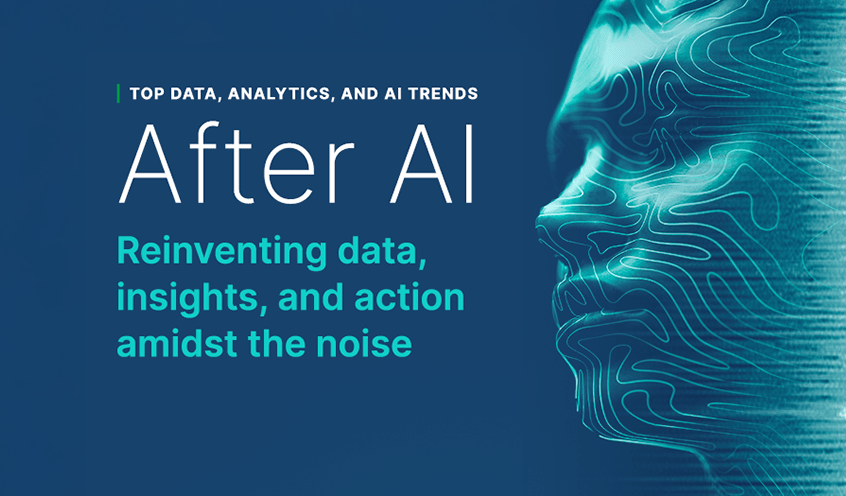As data science has taken center stage in a lot of organizations, many are relearning what they’ve already known – that dry, mathematical calculations don’t inspire and don’t stick. It’s the story that matters. In this first of a two-part blog series, we look at the history and neuroscience of storytelling and how it can help us understand data at a more human level.
Photo by D Nidos: https://www.ibtimes.co.uk/lascaux-cave-paintings-s...
In some respects, we may have shifted too far the other way: focusing more on gathering information than communicating what it means.
“When you hear the term data analysis, what do you think of,” says Catherine Cote, marketing coordinator at Harvard Business School Online. “Your mind may jump to scouring spreadsheets, implementing algorithms and making mathematical calculations, all hard skills of data analysis.
“Yet, hard skills are useless without their soft skill counterparts. It’s not enough to just analyze data; you need to know how to communicate the story it tells in a clear, compelling manner – a skill called data storytelling.”[1]
Cholera maps and hurricanes
Data storytelling helps people understand at a more human level. It enables them to see relationships, context or connections they might not otherwise notice or care about. Stories convey meaning simply and powerfully: everything from a local crime outbreak to why more people buy fish on Tuesdays. In short, they bring data to life.
It took years for John Snow to find the source of London’s cholera epidemic, articulate the cause and convince others to implement a solution. Using city maps, he connected the dots and confirmed his hunch that the city’s water pumps were the source of the illness.
More recently, journalist Steve Doig analyzed damage patterns from Hurricane Andrew. He used mapping software to correlate property tax assessments with the storm track, and matched wind speeds with building damage reports. He then told the story of how zoning, poor construction and lax building codes clearly contributed to the path of destruction.[2]
“What the best writers of stories, fables and lessons have all realized is that how we deliver information is every bit as important as the information we are conveying,” says Joe DosSantos, Chief Data Officer at Qlik. “The renderings of that information stay with us long after the story is over and make us think, reflect and change our perceptions and behavior.”
Memory and mirror neurons
We’re also hard-wired for storytelling, and neuroscience backs this up. When we relay basic facts (such as a product’s features and benefits), only two areas of the brain are activated: language comprehension and language processing.
But when we experience a narrative, multiple parts of the brain light up. This includes the visual cortex, the amygdala, which controls our emotions, and mirror neurons – where neurons in the listener’s brain fire in the same patterns as the speaker’s. Storytelling engages the hippocampus too, and there is greater likelihood that the information will be stored in long-term memory.
According to Jennifer Aaker, marketing professor at Stanford’s Graduate School of Business: “Research shows our brains are not hard-wired to understand logic or retain facts for very long. Our brains are wired to understand and retain stories. A story is a journey that moves the listener, and when the listener goes on that journey, they feel different and the result is persuasion and sometimes action.”[3]
Storytelling with data
Stories have been used in advertising for decades. We already use them in customer studies, testimonials, demos and so on. Data storytelling isn’t such a big leap. (More about best practices and the role of data analytics in part 2.)
[1] https://online.hbs.edu/blog/post/data-storytelling
[2] https://www.theguardian.com/media/2000/jul/03/newmedia.mondaymediasection2
“It’s not enough to just analyze #data; you need to know how to communicate the story it tells in a clear, compelling manner.” Take a look at why storytelling is a crucial element to bringing data to life and inspiring action.
In this article:
Industry Viewpoints













































